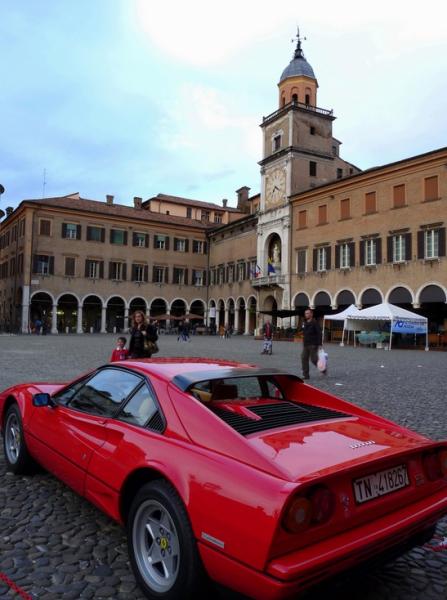- Read offline
- Access all content
- Use the in-app Map to find sites, and add custom locations (your hotel...)
- Build a list of your own favourites
- Search the contents with full-text search functionality
- ... and more!
Introduction to Modena
Mink City

Slow Food. Fast Cars Modena's motto
Modena puts on a class act – ‘Mink City’ they call it, the city with Italy’s highest per capita income, a city with ‘a psychological need for racing cars’ according to the late Enzo Ferrari, whose famous flame-red chariots compete with the shiny beasts churned out by cross-town rival Maserati. Sleek and speedy, Modena also has a lyrical side of larger-than-life proportions: Luciano Pavarotti was born here, and its scenographic streets take on an air of mystery and romance when enveloped in the winter mists rising from the Po.
Though it grew up as a feisty free comune in the Middle Ages, when it built one of Italy’s finest cathedrals, Modena learned its graces and style in a more aristocratic age, under the House of Este. The city’s formative years came between 1598 and 1859, when it stood among the capitals of Europe – if only as the capital of the Este’s little duchy. In that period Modena was transformed into a model Baroque city, and its elegant streets filled up with churches, palaces and porticos in the new style.
All this Baroque fussiness, however, is only a stage for a people as devoutly socialist as Bologna’s. Italy’s richest city is also one of its most progressive; Modena has the largest car-free centre in Emilia-Romagna, making it a delight to walk around. The serene old capital of the Este comes back to life, and the Baroque effect is made perfect by the cadets of the National Military Academy, who live in the old Ducal Palace, and never go out without their hats and capes.
Image by lo.tangelini

